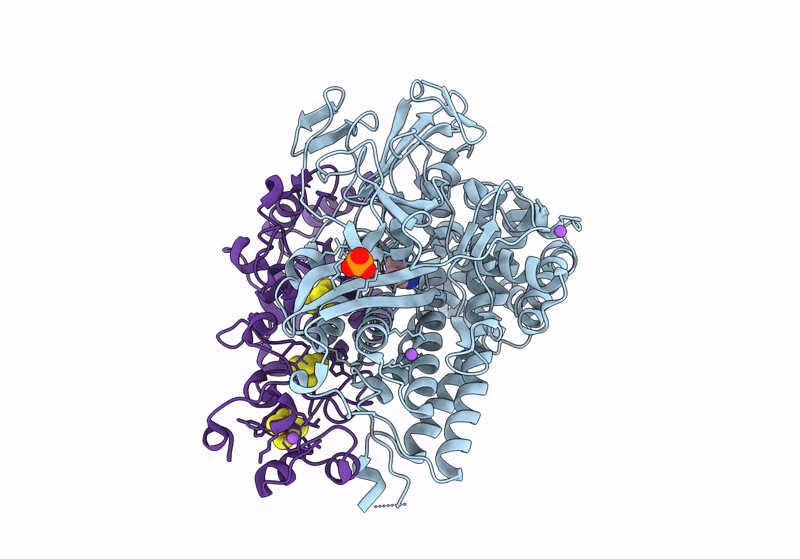
Deposition Date
2023-07-05
Release Date
2024-09-18
Last Version Date
2024-09-18
Entry Detail
PDB ID:
8POX
Keywords:
Title:
Crystal Structure of the C19G variant of the membrane-bound [NiFe]-Hydrogenase from Cupriavidus necator in the H2-reduced state at 1.6 A Resolution.
Biological Source:
Source Organism:
Cupriavidus necator H16 (Taxon ID: 381666)
Host Organism:
Method Details:
Experimental Method:
Resolution:
1.60 Å
R-Value Free:
0.15
R-Value Work:
0.12
R-Value Observed:
0.12
Space Group:
P 21 21 21


